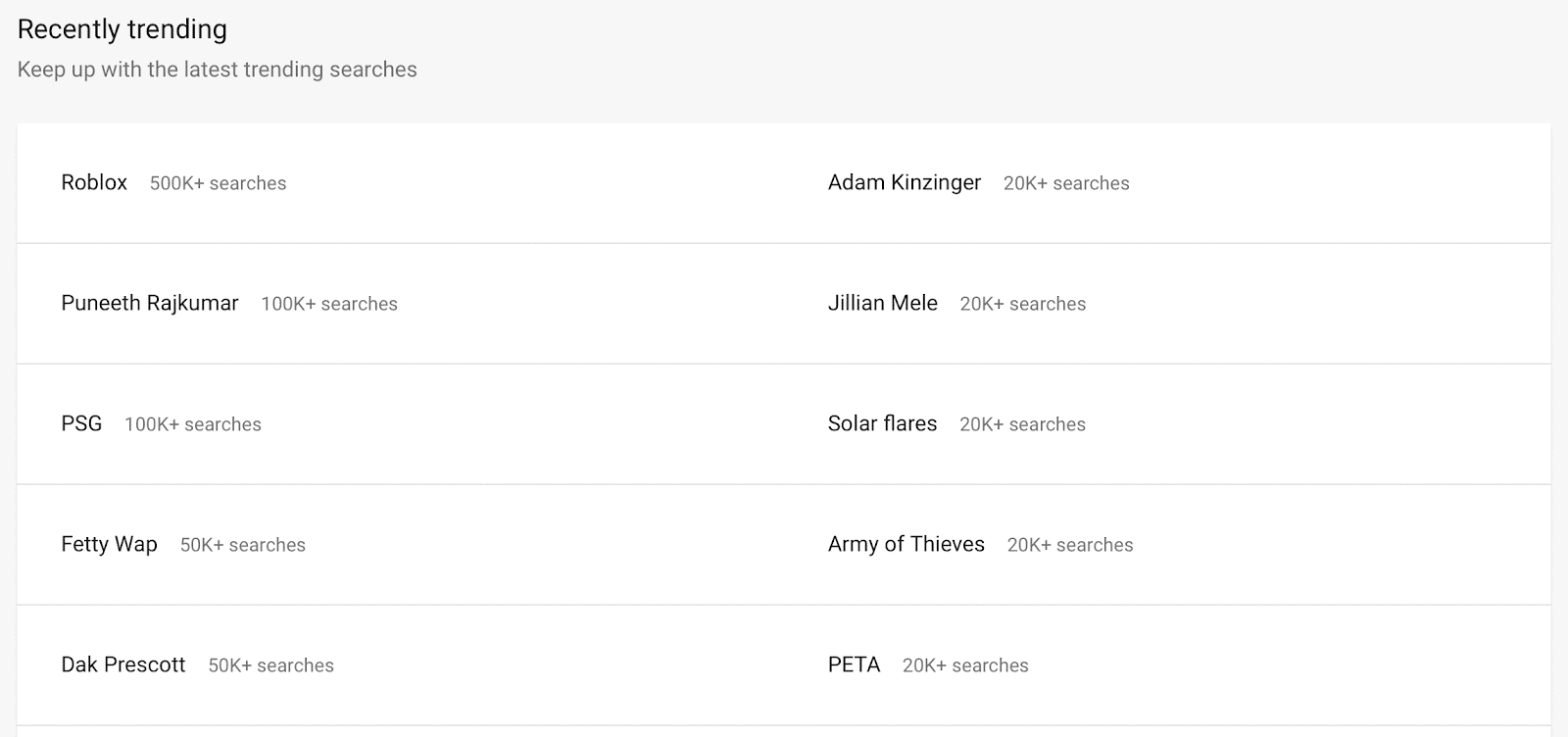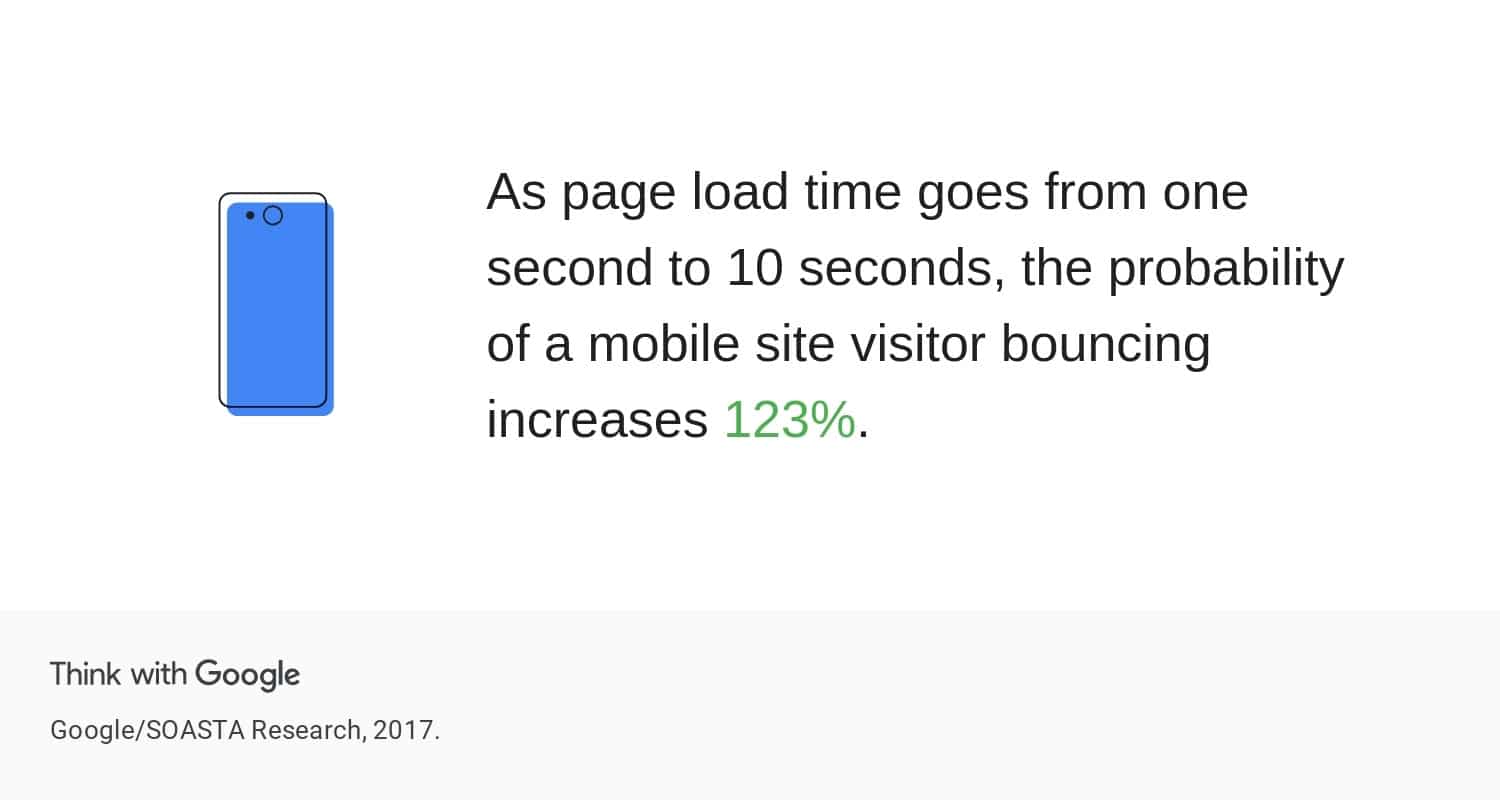Building effective native advertising campaigns can be tough. You have to combine the right mix of relevant content, targeting methods, and brand-safe distribution channels to drive performance.
Thankfully, search engine optimization (SEO) can help.
Search networks like Google, in particular, drive a lot of impressions and clicks for native ad campaigns. That’s why it’s so important to use SEO best practices and insights when creating native ads.
To help, we’ll dive into the unique benefits of keyword research, high-quality content, on-page and off-page SEO, and technical SEO for your native ad operation.
Keyword Research
It’s estimated that Google processes 5.6 billion searches per day and around 63,000 searches per second. Trending phrases alone can drive up to 500K searches. And behind each of those searches is an interested user and their keyword or query.

Advertisers must conduct keyword research in order to break down that information, understand their audience, and drive organic performance. Think about it. If you don’t know what your audience searches for, you won’t know what content to create for them.
Keyword research is especially important when planning native advertising campaigns. That hard data allows you to identify the best topics to include in your campaigns, so you know you’re making the most of your budget and resources. More specifically, it helps to look for keywords with high organic search volume and clickthrough rates (CTR). These metrics are strong indicators of user interest, which advertisers can tap into to generate engagement.
At Sparro, for instance, we draw upon a range of first- and third-party data sources — combined with in-house automation — to pull large sets of keywords at scale. This helps clients launch the most relevant, targeted campaigns for their audiences.
High-quality Content
All digital marketing roads lead to content. Without high-quality content, you would have an empty site filled with empty pages and nothing to offer consumers. Still, it can be tough to decipher exactly which types of content to create because users’ search behaviors and preferences are constantly changing.
That’s where SEO comes in. By building content on the back of SEO insights, brands can better ensure that they’re filling their channels with content that speaks to audiences’ interests.
A business can use perennial SEO keywords to create evergreen content, for example, or timely keywords to create relevant, seasonal content. With their finger on the pulse of SEO trends, they can also be proactive and jump on any rising trends. This organic content strategy can also fuel native campaigns with a constant supply of material.
That’s why at Sparro digital marketing agency, our content strategy team helps clients identify topic gaps and optimize their campaigns to drive immediate value. On the other hand, we’re also proactive in building out long-term content plans to grow each company’s existing inventory.
On-page SEO
Getting a user to land on a page is only half the battle; you still need them to engage with the content once they’re on the site. Google also uses a lot of on-page factors to determine keyword rankings.

As a result, a large part of SEO involves making sure web pages are easily readable by users and search bots. This quality control ensures that the content a user lands on via native ad is as optimized as possible. Relevant interlinking can also drive visitors to other pages on the site and move them further down the funnel.
Since Google’s algorithm is constantly evolving, it’s also important to stay up-to-date with the latest SEO best practices. That’s why we encourage clients to constantly experiment, test, and validate new strategies to stay on the cutting edge of these market changes.
Off-page SEO
Also known by its more common name, “link building,” off-page SEO isn’t without its controversy. It has gained a somewhat undeserved reputation as a shady SEO strategy.
Still, since off-page SEO remains a key factor in Google’s search rankings, it can pay dividends if done correctly.
The ideal scenario is to earn backlinks naturally by creating and distributing high-quality content that people want to, well, link to. The more eyes you get on your content, the more likely it is to be shared and cited by other online publications. This makes native advertising a valuable channel for achieving maximum audience reach, particularly with a platform like Taboola, which has a vast network of publisher partners.
Basically, done right, off-page SEO is not just an exercise in appeasing Google’s algorithm, but a core component of building brand authority and awareness. Combined with paid and non-paid social as well as native and digital PR, it makes up a major part of our media strategies, being used for both evergreen content and seasonal events such as April Fools’ Day.
Technical SEO
It doesn’t matter what your home decor looks like if your house is built on a foundation of sand. Now, apply this analogy to your website. You could have the best content and page layout in the business, but if it’s slow to load and full of broken links, then it won’t actually drive user engagement.
So, when users click on native ads and go to your website, you want to make sure your technical SEO factors are up to par. This includes accessibility, navigation, and most notably, speed. As Google reported, a jump in page load speed from one second to 10 seconds increases the probability that a mobile user will bounce by 123%.

Slow loading speeds can also alienate international users who have poor internet access, cutting off a portion of your audience. So if you want people across the globe to be able to click through to your content, then you need to ensure that the site itself is technically robust.
This isn’t just a form of spring cleaning for your digital property, either. It’s about fixing the technical issues that are preventing you from driving traffic and revenue — so your website can perform at its best.
What Native Gives Back
Native and SEO have a symbiotic relationship. If you use SEO to build your native campaigns, you can draw data from those campaigns to further fuel your SEO efforts.
For example, native campaigns can deliver first- and second-party data about audience engagement, which you can then use to create more effective and searchable content. Particularly as Google’s organic algorithm continues to evolve, combining SEO data like search volume with audience data from native ad networks like Taboola will be more important than ever.
At Sparro, the tools offered in the Taboola Trends suite provide us with an additional source of knowledge around rising topics and audience engagement for images and ad copy performance that can be beneficial to an SEO campaign.
Combining SEO and Native to Drive Success
SEO strategies and native ad techniques are powerful on their own. But combined, they can provide valuable insights for increased engagement and revenue. So, next time you build your native ad campaigns, consider pulling data from keyword research and SEO best practices to grab your audiences’ attention and move them further along the marketing funnel.